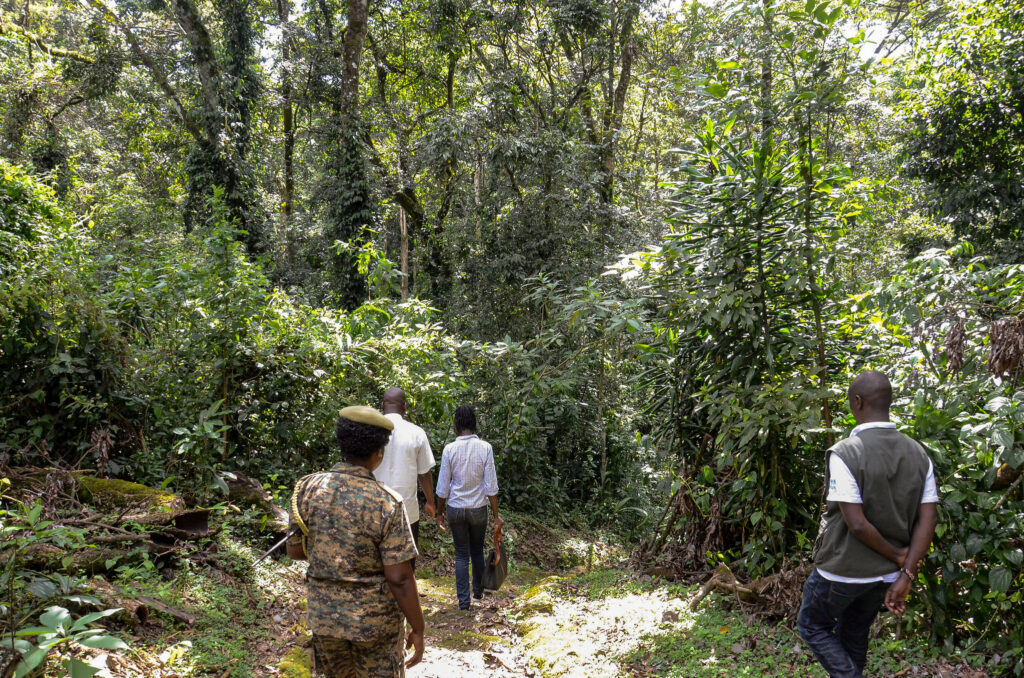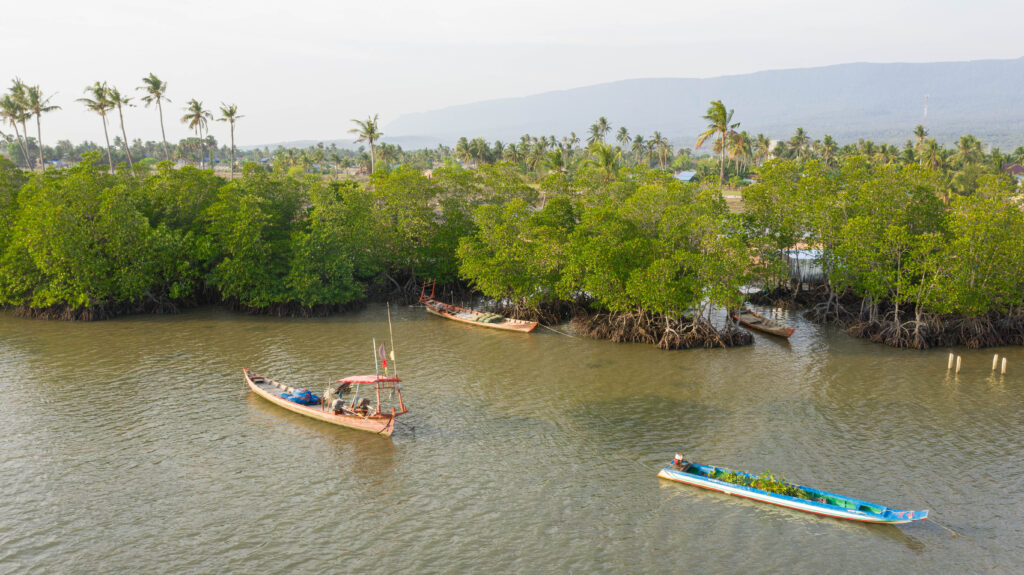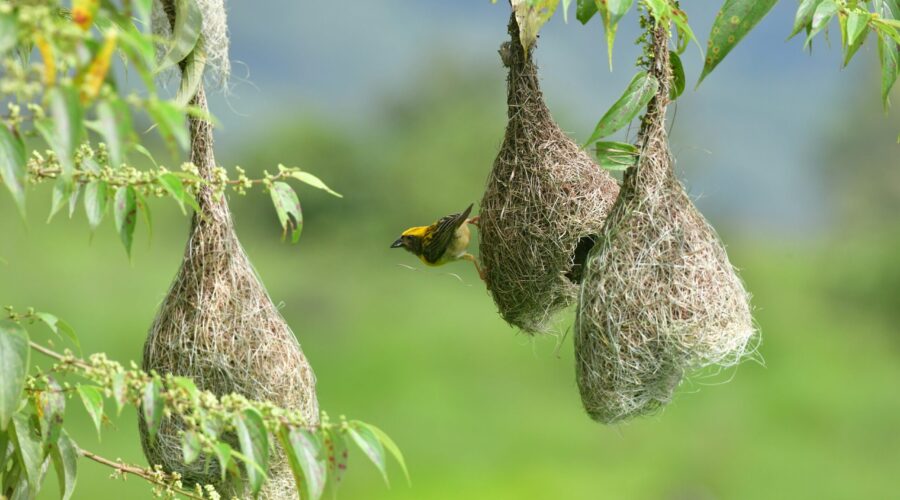Over the past year, the REDD+ finance and governance landscape has rapidly evolved. So how can REDD+ donor countries and private sector funders adjust their approaches accordingly?
Climate Focus has five recommendations for how public and private funders can adapt to these new developments, with an eye to maximizing the impact of their investments and improving the integrity and quality of REDD+.
These recommendations are based on two recent developments:
- the renewed momentum towards REDD+ nested systems, and
- the increased focus on social safeguards and benefit sharing in the implementation of REDD+ activities.
Below, we discuss the implications of these developments and outline each of our recommended actions.
1) WHAT’S DRIVING MOVEMENT TOWARDS “NESTING”?
A REVOLUTIONARY NEW METHODOLOGY

Nested systems promise to leverage the respective strengths of both public and private finance at the project and jurisdictional level with aligned carbon accounting. Despite this promise, the implementation of nested systems has been slow to materialize – largely due to the complexity of design and implementation of these systems as well as a lack of tangible incentives. However, Verra’s new REDD+ methodology, VM0048 (in combination with an increasing appetite from host countries to credit REDD+ results and transact mitigation outcomes) has now accelerated the push towards nested REDD+.
VM0048 will gradually replace older REDD+ methodologies that have had issues with enabling gaming by project developers, especially regarding baseline setting. The consolidation of REDD+ methodologies under VM0048 reflects the response to recent criticisms regarding the robustness of REDD+ methodologies and projects.
The new methodology is revolutionary in its ability to remove gaming potential. Verra will do this by centrally producing deforestation baseline data at the jurisdictional level and allocating deforestation baselines to projects.
These changes mean that VM0048 will improve methods of baseline setting, enable easier comparison of project quality, and pave the way towards aligned carbon accounting between the jurisdictional and project level – regardless of whether a jurisdiction has developed clear nesting rules or not. Overall, the new methodology represents a major step towards generating higher-quality credits and advancing jurisdictional level REDD+.

A UNIQUE OPPORTUNITY
The move towards nested REDD+ is also driven by evolving strategies of host countries to meet their national-level commitments under the Paris agreement and finance their carbon transitions.
National and sub-national nested systems enable host countries to attract and channel multiple sources and types of finance, at both the jurisdictional and project level. Host country governments seeking to benefit from nested systems have been building up their design and implementation capacities, including through seeking out new partnerships and knowledge-sharing opportunities. For example, the governments of Kenya and Cambodia are working together to develop nested REDD+ frameworks.
Yet, framework design and implementation are complex. While VM0048 will help to facilitate these processes through central baseline data development, other barriers for design and implementation remain. For example, nested systems require strong institutions and governance capacities in host countries. Public and private sector partners have a key opportunity to address these challenges through their support to host countries.
2) INCREASED FOCUS ON FAIR BENEFIT SHARING AND SOCIAL SAFEGUARDS.
SOCIAL SAFEGUARDS AIM TO ENSURE THAT REDD+ ACTIVITIES DO NOT CAUSE COMMUNITY HARM
Social safeguards address a range of important issues, such as community participation, consultation, and protection of human rights. Together with fair benefit sharing, robust and transparent social safeguards underpin the ability of REDD+ activities to generate co-benefits for communities (i.e., contributions to the Sustainable Development Goals).
BENEFIT SHARING ENSURES REDD+ ACTIVITIES CONTRIBUTE ACROSS THE BROAD RANGE OF SUSTAINABLE DEVELOPMENT GOALS
Benefit sharing systems allocate the income from the sale of carbon credits to local stakeholders involved in the mitigation activity.
Given the growth of carbon markets and their importance in mitigating climate change, it is vital that communities involved in REDD+ activities are recognized for their crucial role in protecting forests and enabling credits to be generated, in the form of direct payments, improved infrastructure, community services, or other non-monetary benefits.
Even though the importance of setting up high-quality social safeguards and benefit sharing plans is commonly accepted, carbon standards have addressed these elements in a flexible and non-prescriptive way. As a result, quality in these aspects differs greatly between projects and project reporting on them is often insufficient. However, awareness of their importance for developing successful REDD+ activities is growing. Public and private funders can bolster their support by keeping these aspects front and center.

RECOMMENDATIONS: DIVERSE OPPORTUNITIES EMERGE IN AN EVOLVING LANDSCAPE
Donor countries and private funders can meaningfully support high-quality REDD+ activities and country-level REDD+ programs in several ways, including:
1. Facilitation: Development of nested systems requires coordination among stakeholders to ensure issues around carbon accounting and institutional and legal arrangements are identified and resolved.
Donor countries can facilitate this process by playing a convenor role and bringing together project implementors, host country agencies, and other partners to share best practices and develop a unified strategy. As part of this convenor role, donor countries can also facilitate South-South exchanges between host countries. These exchanges can share experiences on nested systems and advance their development.
2. Capacity building: Funders can support efforts such as JTAP to improve implementation capacities on the ground in host countries. Further, they can enable host countries to take the next step in implementing their own nested systems by designing their support around guidance from voluntary standards (e.g., the VCS JNR and ART-TREES) as well as multilateral programs (e.g., FCPF).
These kinds of capacity building efforts would improve the return on investment (i.e., climate mitigation impacts and carbon credit revenues) of REDD+ finance.
3. Support an enabling environment: Funders can support the enabling environment for activities associated with high-quality REDD+ (e.g., improved land titling, sustainable supply chains, and robust community engagement). In this way, they can further contribute to the transition to nesting by bolstering crucial aspects of REDD+ activities such as social safeguards, benefit sharing and local governance capacities.
4. Strengthening standards and GHG programs: Funders can support standards, labels, and programs to strengthen the quantification and verification of sustainable development benefits, including but not limited to GHG mitigation.
5. Target nested projects for investment and demand transparency on safeguards: Investors and buyers of emission reductions can target projects that are fully nested into jurisdictional REDD+ programs or that rely on jurisdictional baselines that have been allocated based on independently-developed risk models, as is the case under VM0048. Both public donors and private sector players should make their support conditional upon the application of robust social safeguards as well as fair and transparent benefit sharing plans.
Against the backdrop of the evolving REDD+ finance and governance landscape, unique opportunities are emerging. We recommend public and private funders take heed and act swiftly and decisively. Ultimately, the success of REDD+ activities hinges on their support.


